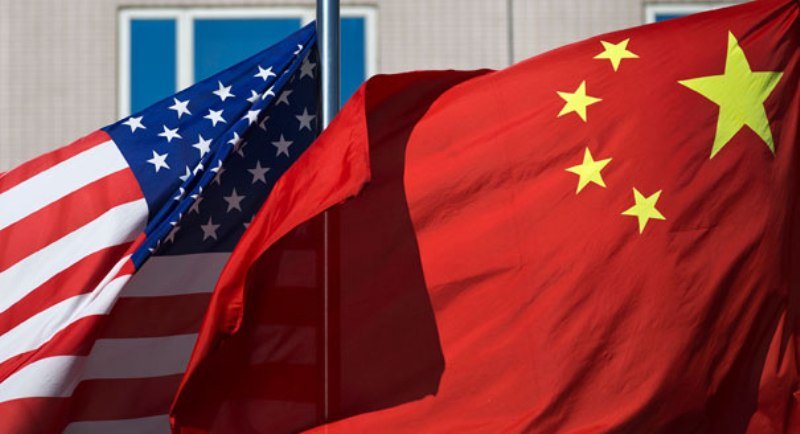Beijing stands in front of the White House

The economic challenge of the United States and China has entered a new phase. While, until about a week ago, American and Western media spoke of the Washington-Beijing economic agreement in the near future, we are now seeing a sharpening of trade disputes between the two US and China. Many analysts believe that as long as the trump at the head of the US political and economic equation, this trend will continue.
What has happened today between the United States and China is rooted in the behaviors of the last two years of the US president with Beijing.US-China relations continue to decline during the Trump presidency. Of course, there were disagreements between Beijing and Washington over security and cyber-security issues at the time of Barack Obama, but the emergence of trade and economic disputes in their bilateral relations should be analyzed "beyond a simple controversy." In other words, from the beginning of 2017 and Trump's presence at the top of the political and executive equations of the United States, we have witnessed the emergence of constant crises and challenges in the relations between Washington and Beijing. Many international affairs analysts rightly believe that the conflict is not limited to economic and commercial issues, and it will also affect the political, security and regional spheres.
Donald Trump does not pay much attention to criticisms of his economic and commercial approach! Evaluating the consequences and effects of Trump's policies (in the long run) on the international economy and the domestic economy of the United States has become the concern of many experts in the field of international economics in recent months. This issue has also shown itself in the trade war between the United States and China. Although the outcome of the White House's performance in the short term may be to increase the trade deficit of China (since with the decrease of US imports from China, Beijing's exports to the world markets will be reduced). However, in the long run, the side effects of Trump's protectionism can hit the domestic economy of the United States, and we'll see a constant inflammation in the domestic and international economy of America. This will become even more apparent when the Chinese use all their economic and commercial power to confront the United States! According to evidence in the field of international trade and economics, China holds $1.17 trillion of US government debt, and China is clearly now the largest single holder of US Treasury bonds.
As The Guardian reported, Stock markets around the world have sold off sharply after Donald Trump threatened to raise the stakes in the simmering US-China trade war. Here are the answers to key questions about the rumbling dispute between the world’s two largest economies. In two tweets posted on Sunday afternoon, the president accused China of trying to renegotiate the trade deal being hammered out between Washington and Beijing after months of talks.
Trump threatened to ratchet up existing import tariffs of 10% on $200bn (£153bn) of Chinese goods sold in the US to 25% on Friday. He also warned that 25% tariffs could be slapped on a further $325bn of goods in the future – which would mean all Chinese imports being covered by tariffs.
Tariffs have been imposed by Washington on some Chinese goods sold in the US for about a year, as part of the ongoing dispute over trade. They come on top of broader tariffs used by Trump that have hit China and other trading partners such as the EU, Canada, and Mexico, on goods including steel and aluminum. The Trump administration imposed 25% tariffs on $50bn of Chinese technology goods in June 2018, covering aerospace goods, automobiles, communications tech, and robotics, in a bid to hinder Beijing’s “Made in China 2025” initiative to boost its manufacturing and technology base. The White House then imposed tariffs of 10% on $200bn of goods in September, on a wider range of products including food ingredients, construction materials, bike parts, and burglar alarms. These are the tariffs that could be increased to 25%. China has retaliated with $110bn-worth of tariffs on US goods, including agricultural products such as soya beans, as well as cars, luggage, electronics, housewares, and food. Trump has threatened to raise the tariffs before, but agreed a truce late last year with China’s president, Xi Jinping, to allow officials more time to negotiate a solution to the trade dispute.
Undoubtedly, China is moving in a very powerful and serious economic struggle with the United States. In the past two years, the country has shown that it does not intend to retreat against the actions of the government of Donald Trump.

Leave a Comment